Essential Tools Every Construction Site Needs
Introduction
Every successful construction project begins with the right tools. Whether you’re building a high-rise or renovating a residential home, having the proper equipment on-site is critical for safety, efficiency, and quality. Without the right tools, even the most skilled workers can find themselves delayed, overworked, or vulnerable to mistakes. In this blog post, we’ll explore the must-have tools and equipment that every construction site should have on hand. From basic hand tools to powerful machinery, this guide covers what you need to stay productive and get the job done right.
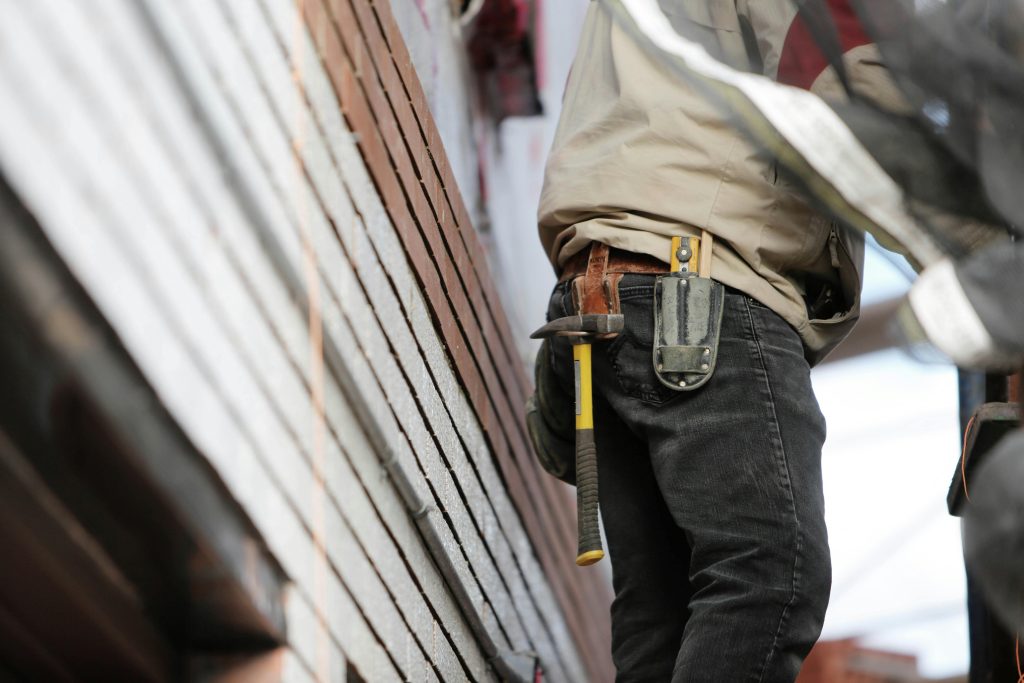
Hand Tools: The Foundation of Any Job
Hammers, Wrenches, and Screwdrivers
These are the bread and butter of any construction crew. While power tools have taken much of the grunt work out of modern building, hand tools remain irreplaceable for precision tasks.
- Claw Hammer: Essential for framing, nailing, and demolition tasks.
- Adjustable Wrenches & Pipe Wrenches: Crucial for plumbing and tightening or loosening bolts.
- Screwdrivers (Flathead and Phillips): Still vital for detailed work, especially in tight spaces.
Tape Measures and Levels
Accurate measurements are the backbone of quality construction. Even a few millimeters off can cause structural or aesthetic problems later.
- Tape Measure: Preferably 25 feet or longer with locking functionality.
- Laser Level or Spirit Level: For ensuring true horizontal and vertical lines during framing and layout.
Power Tools: Speed and Efficiency
Drills and Impact Drivers
Drills are indispensable for boring holes and driving screws, while impact drivers are ideal for tougher materials.

- Cordless Drill: Offers mobility and power; look for models with long battery life.
- Impact Driver: Provides higher torque, perfect for driving screws into hardwood or metal.
Circular Saws and Reciprocating Saws
For cutting wood, plastic, or even metal, these saws are vital.
- Circular Saw: Excellent for straight cuts through wood and sheet materials.
- Reciprocating Saw (Sawzall): Best for demolition, pipe cutting, or making plunge cuts.
Measuring and Layout Tools
Precision ensures safety, integrity, and aesthetics in a structure.
- Laser Distance Measurer: Speeds up room measurements and site layout.
- Chalk Line Reel: Helps snap straight lines over long distances for tile, framing, or decking.
- Framing Square: Ensures accurate angles for cuts and layout.
Heavy Equipment: Moving Earth and Materials
For larger construction sites, machinery plays a crucial role in getting work done efficiently.
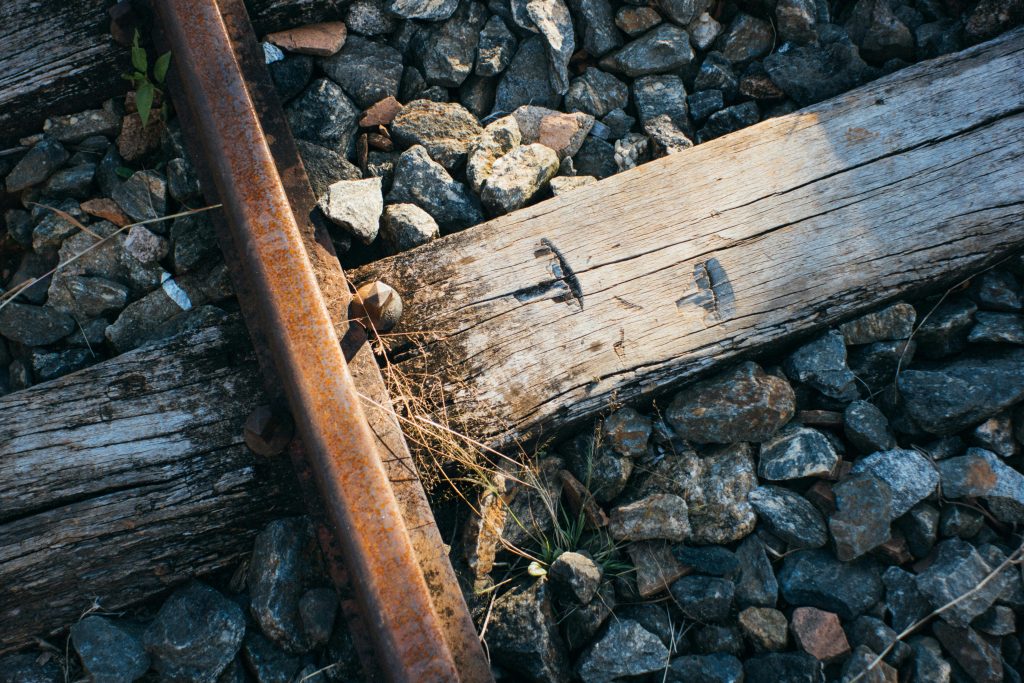
Excavators
Used for digging foundations, trenches, or demolition, these are powerful and versatile machines.
- Commonly used for: Site preparation, trenching, material lifting
Backhoe Loaders
With both a front loader and a backhoe, these are all-in-one machines ideal for medium-sized jobs.
- Best for: Small-scale excavation, material transport, and landscaping
Skid Steer Loaders
Compact and agile, these are perfect for tight spaces.
- Useful for: Grading, debris removal, and site cleanup
Lifting and Access Tools
Scaffolding and Ladders
Safe access to elevated areas is non-negotiable.
- Aluminum Ladders: Lightweight and easy to move.
- Modular Scaffolding: Offers a stable, adjustable work surface at height.
Cranes and Hoists
When moving large or heavy materials, these are essential.
- Tower Cranes: Standard for high-rise construction.
- Chain Hoists: Helpful for lifting heavy tools or materials in smaller-scale jobs.
Safety Equipment: Protecting Your Crew
No tool list is complete without considering safety. OSHA-compliant gear is mandatory.

Personal Protective Equipment (PPE)
- Hard Hats: Protect from falling debris.
- Steel-Toed Boots: Essential for foot protection.
- Safety Glasses and Gloves: Guard against cuts, abrasions, and chemicals.
- High-Visibility Vests: Make workers visible, especially in low-light conditions.
First Aid Kits and Fire Extinguishers
- Always have accessible, well-stocked first aid kits.
- Fire extinguishers must be present and maintained.
Site Management and Communication Tools
Efficiency also relies on planning, coordination, and communication.
Two-Way Radios
- Keep teams connected, especially on large job sites with lots of noise.
Construction Management Software (Optional but Valuable)
- Tools like Procore, PlanGrid, or Buildertrend help with real-time tracking of tasks, labor, and materials.

Storage and Transport Solutions
Keeping tools organized and secure helps avoid delays.
- Jobsite Tool Chests: Weatherproof, lockable storage for expensive gear.
- Portable Workbenches: For on-the-go tasks like cutting or assembling materials.
Conclusion
Every construction site, regardless of size, depends on a reliable collection of tools and equipment to function efficiently and safely. From fundamental hand tools to complex machinery, each piece has a role to play. By equipping your site with the essentials listed above, you lay the foundation for a productive, high-quality build. Don’t cut corners—invest in the right tools, train your team properly, and maintain your equipment to ensure every job gets done right, on time, and without unnecessary risk.
Need help choosing the best tools for your project? Reach out to your local supplier or tool rental expert for tailored advice.
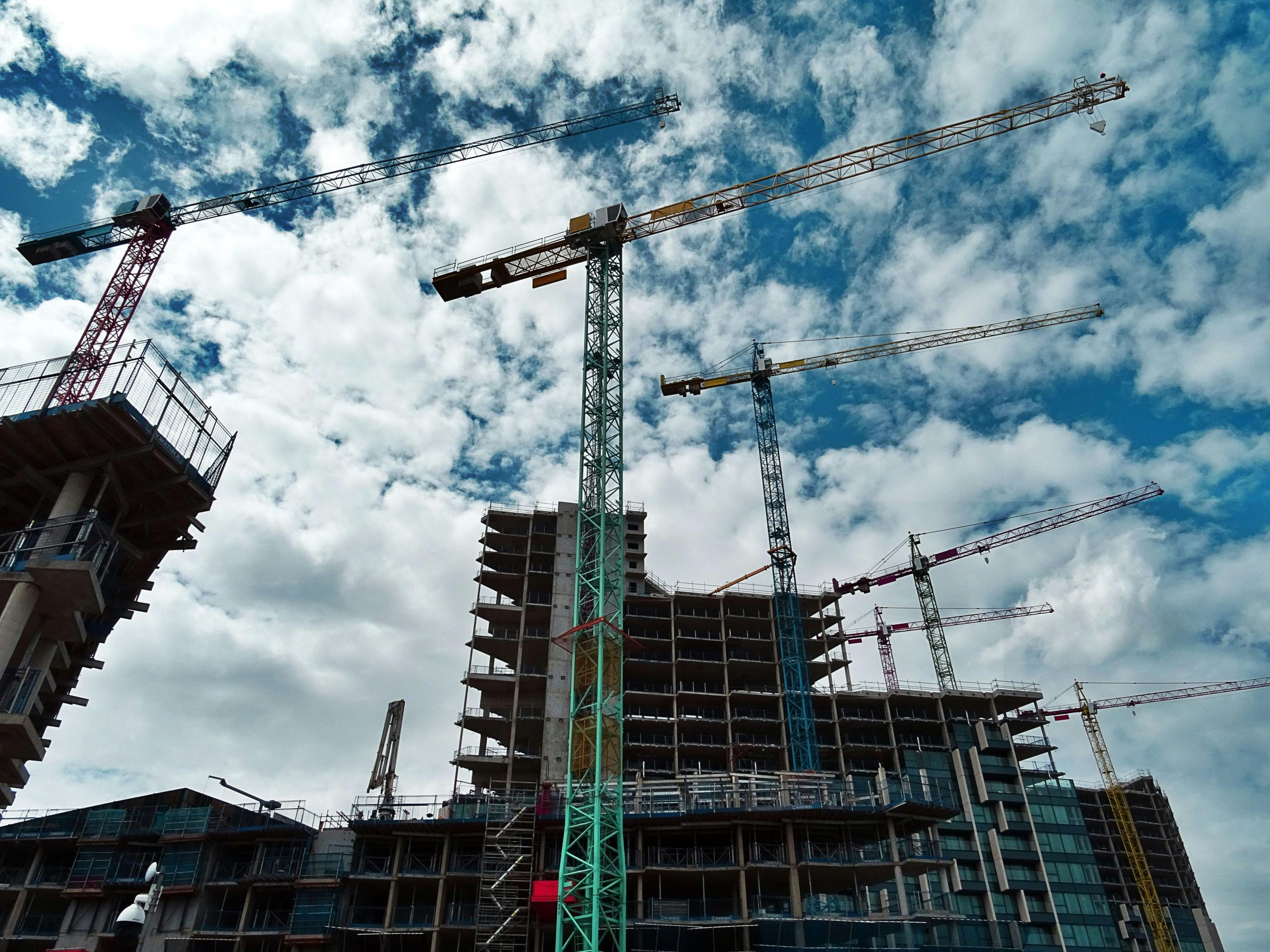

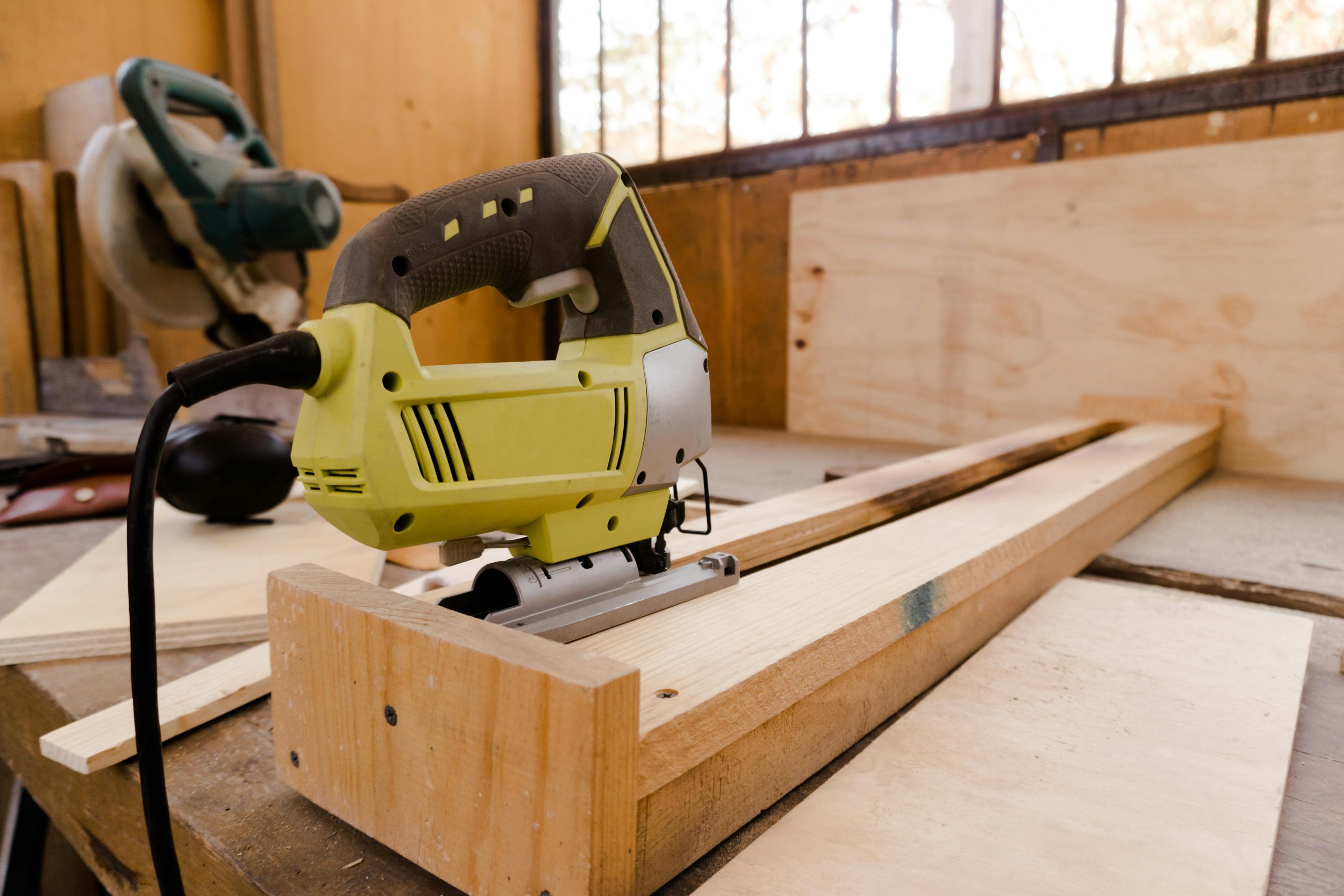


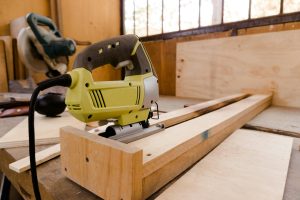





Post Comment